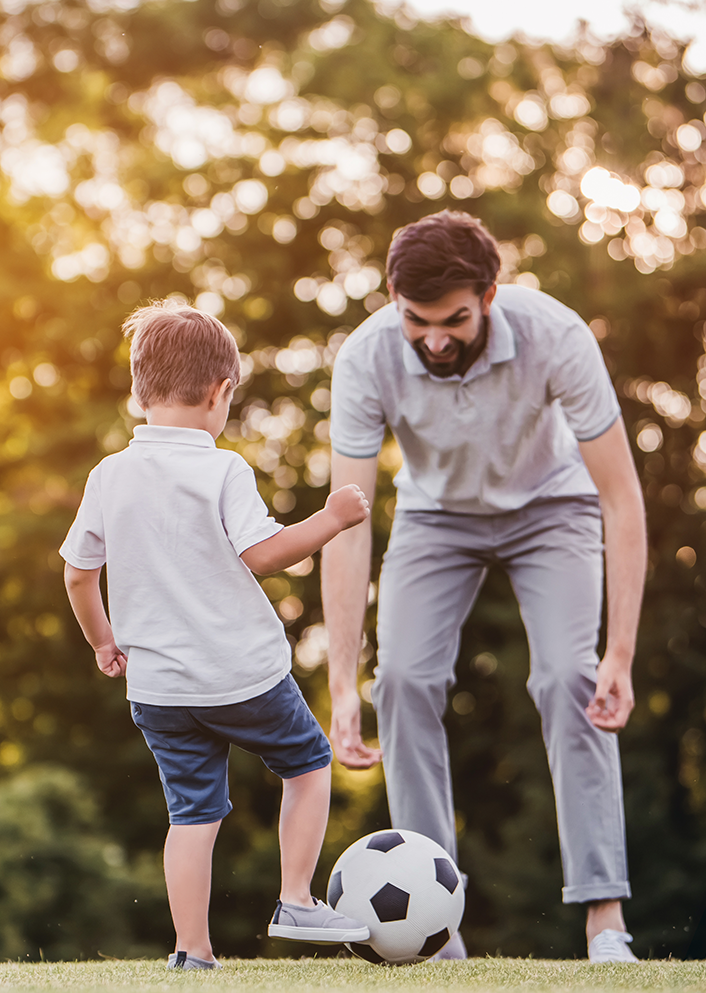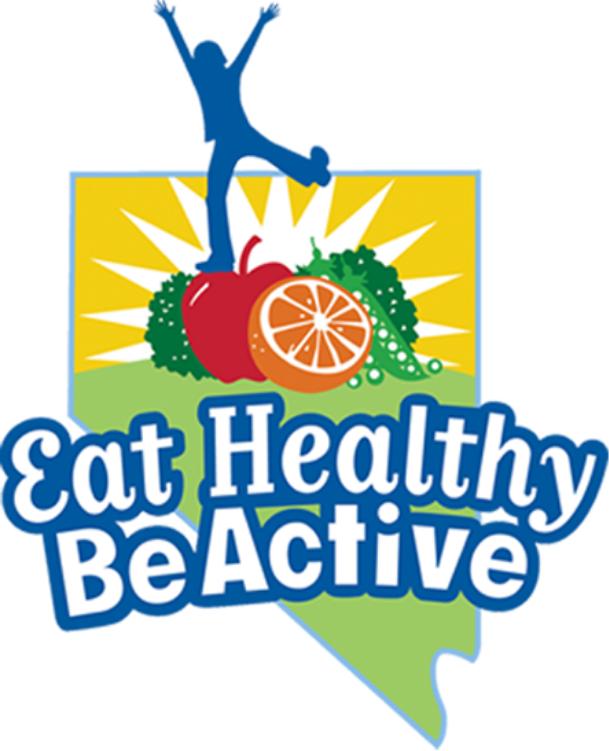
Establishing physical activity habits in young children is critical to building a foundation for an active lifestyle in the adolescent and adult years.
While physical activity promotes healthy weight, just as important, physical activity stimulates the brain and can improve brain function, academic performance, help children sleep better and handle physical and emotional challenges. It is important to consider how much activity a child gets both in the school and the home environment combined to ensure he gets the right amount.
Teachers and parents need to be positive role models and participate with their children. Be sure to include all children regardless of age, ability, size or weight status. Make physical activity a positive experience and never use it as punishment or withhold it from a child for disciplinary reasons. It’s not only a good idea, in most states, it’s the law.
Contrary to popular belief, studies show that children in childcare programs are generally NOT active! So what does this mean for parents? Continuous at-home involvement is the key.
- 60-60-60
- 60 mins of STRUCTURED activity daily
- 60 mins and up to several hours of free play or UNSTRUCTURED activity daily!
- 60 mins of sitting is long enough! GET UP after 60 minutes and move!
- What is Structured Play?
Structured play is an organized or “guided” activity, with intentional goals or objectives that give children opportunities to practice key fundamental movement skills such as those found in state or local Pre-K standards . These activities can also teach children their colors, numbers, or letters.
Examples include:- Hopscotch – uses numbers to teach a child to hop on one foot;
- Red Light, Green Light – uses colors to teach a child to step forward and backward;
- Dance – uses various musical genres and lyrical messaging to teach a child simple dance patterns;
- Sports Drills – teaches physical motor skills such as dribbling, throwing or catching a ball
- What is Unstructured Play?
Unstructured play is free time playing on the school playground, at the park, or with the neighborhood friends in a guided and safe environment. Sometimes this means providing sports equipment, playground equipment, stencils on the ground or other child appropriate props for them to choose from. The child is free to do whatever kind of physical activity he/she chooses. Unstructured play helps children develop their sense of independence and social interaction. Encourage your child to play outdoors as much as possible, whether at a playground, park, or on nature walk.
